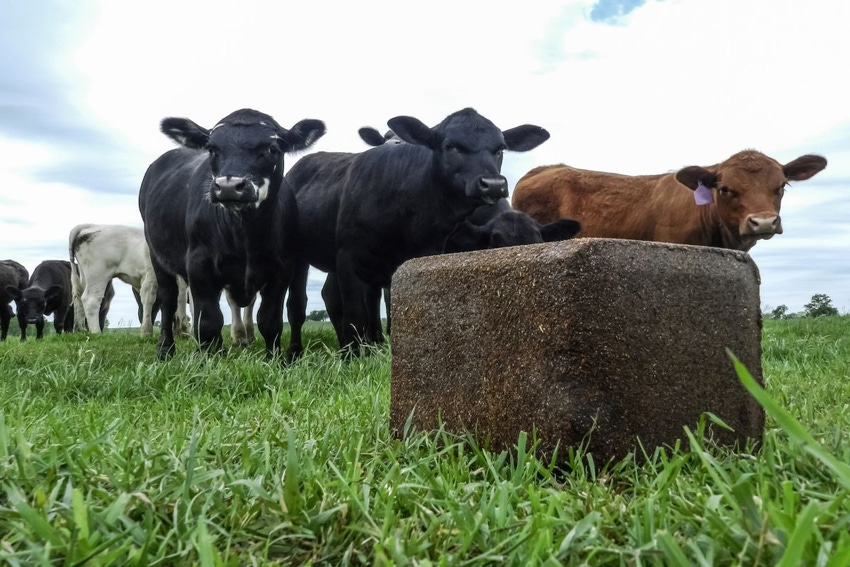Validating mineral supplements for grazing cattle
Animal to animal needs vary, consider a lab to do an analysis.
June 29, 2022

Grazing cattle generally benefit from a vitamin and mineral supplementation program. Achieving “balance” between animal requirements and vitamin or mineral supply can be a challenge because both components are dynamic. That is to say that forage mineral and vitamin precursor concentration changes throughout the seasons and animal requirements change with stage of production or growth rate.
Furthermore, day-to-day and animal-to-animal mineral consumption is quite variable. For example, in one study, average consumption of a salt, mineral mix for individual grazing steers ranged from 1.7 ounces to 10.5 ounces per day. While precise balance is just about impossible to achieve, over time, the supplement formulation combined with average consumption should: a) deliver an adequate supply of vitamins and (or) minerals lacking in the forage, b) deliver targeted amount of additional additives, and c) avoid creation of imbalances or toxicities.
A mineral balance excercise involves developing a simple, consistent record keeping system to track forage mineral composition and your cow herds’ average or “normal” mineral consumption pattern during the same time of year. With this information, you can use a nutrition evaluation program to project deficiencies and/or excesses. You will need an idea of forage mineral concentration, an estimate of forage intake, a current estimate of average daily mineral supplement consumption, and the mineral product’s composition from the label. Most beef cattle nutrition evaluation programs provide an estimate of forage intake and an estimate of daily mineral requirements based on the animals’ weight and stage of production.
Several commercial nutrition companies provide services to conduct these balance excercises and follow up by recommending or manufacturing mineral formulations customized to your operation’s needs.
In recent years, commercial livestock nutrition laboratories have incorporated mineral composition analytical services. For example, the lab at OSU charges $12 per sample to get macro and micro minerals. Depending on your level of concern or interest, one might get started by conducting a winter feeding and summer grazing balance. A more ambitious approach might be to collect “hand-plucked” samples from one or more pastures each month. The idea of the hand-plucking method is to select only plants and parts of plants that you believe to represent what your cattle are currently grazing.
We will explore validation of mineral supplementation programs in more detail during the Rancher’s Thursday Webinar Series session scheduled for June 30 with Dr. Jason Banta, Texas A&M University and Dr David Lalman of OSU. Enroll in this webinar at https://dasnr.zoom.us/webinar/register/WN__0ALHFY9T965cgS0_swRUQ
Source: Oklahoma State University, which is solely responsible for the information provided and is wholly owned by the source. Informa Business Media and all its subsidiaries are not responsible for any of the content contained in this information asset.
You May Also Like


.png?width=300&auto=webp&quality=80&disable=upscale)
